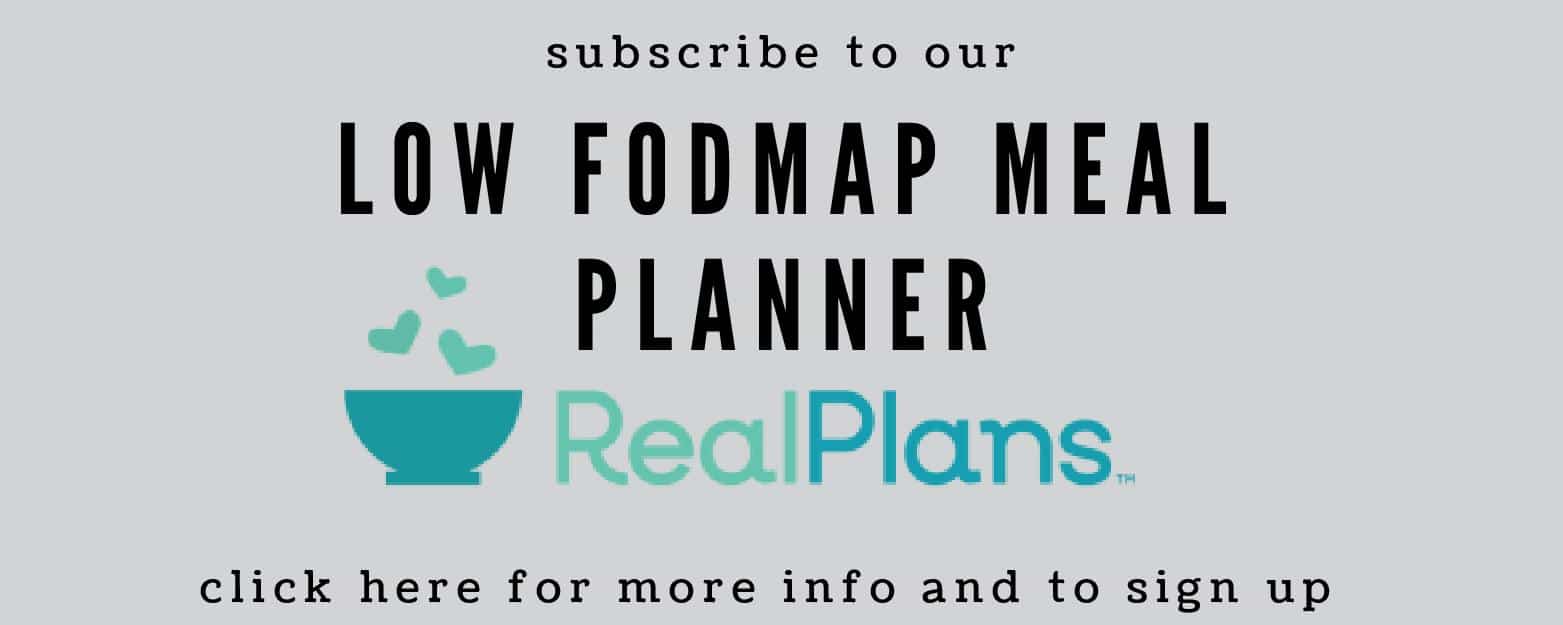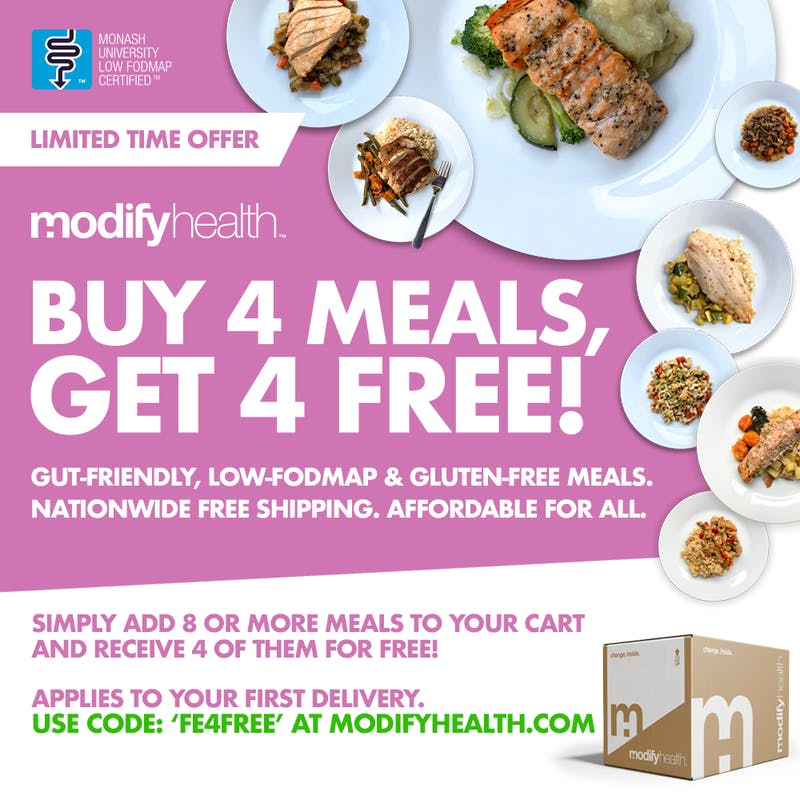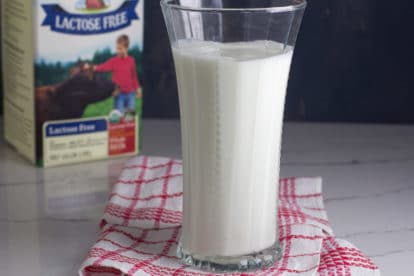Grandma’s everyday multivitamin probably won’t cut it anymore. From the moment we turn 65, we’re nutritional renegades, requiring more of some and stubbornly consuming less of others.
Consider this wake-up call: nearly 20% of older Americans lack adequate vitamin D, and an astonishing 46%, or about half, fall short of the recommended amount of protein. These are not statistics; these are the roots of independence, mental acuity, and vitality that infuse life to its fullest rather than survival.
The stakes are high. Vitamin and mineral deficiencies in older individuals are serious and increase the risk of falls, osteoporotic fractures, memory impairment, weakened immune protection, and cardiovascular disease. However, with an optimal diet, it is possible to slow or even reverse many physical signs of aging, especially the most significant ones.
Here are the 10 most essential vitamins and minerals that deserve a hot spot in your 2025 health plan.
Vitamin D

Vitamin D is not a vitamin; it’s a potent hormone that regulates calcium absorption, immunity, and muscle power in your body. Think of it as your body’s conductor-in-chief, ensuring all systems work in harmony with one another.
The numbers are astounding: older skin produces 75% less vitamin D than younger skin with the same exposure to the sun. Nearly one in five older Americans is deficient in vitamin D, despite the number being a staggering 31% in Black Americans and 12% in Mexican Americans.
It is not just unhealthy for your bones; it also goes hand in hand with a higher chance of mortality from pneumonia and respiratory infections. Daily essential intake: 800 IU (20 mcg) for adults over 70 years, compared with 600 IU for younger adults.
Food sources are fish with high fat content, such as salmon and mackerel, fortified milk and yogurt, and egg yolks. However, most older individuals require supplements, since food sources and diminished sun synthesis can’t provide enough.
Vitamin B12

Vitamin B12 is instrumental in the production of red blood cells, nerve functioning, and DNA synthesis, and thus is vital for physical energy and mental clarity. Your brain relies on adequate B12 for cognitive speed and memory.
Here’s the sobering fact: up to 30% of people over age 50 get atrophic gastritis, which makes it impossible to absorb B12 from food.
Recent research suggests that even B12 levels within the so-called “normal” range may be too low; levels below optimal are associated with slowed cognitive processing speed and white matter damage in the brain. In hospitalized elderly patients, deficiency occurs in 9.1%, and another 17.3% have borderline levels.
Daily necessary intake: 2.4 mcg in all adults, though more recent evidence suggests that 6-10 mcg is required to have optimal cellular reserves. These natural foods are meat, poultry, fish, eggs, and milk. Because absorption is an issue, many older adults often require supplements or foods fortified with B12.
Calcium

Calcium is not only a building block of bones; it’s also important for muscle contractions, nerve transmission, and blood clotting. Your nervous system, muscles, and heart cannot function properly without sufficient calcium.
The numbers are daunting: 50% of women aged 50 and above will have an osteoporotic fracture, and men succumb more frequently to hip fractures than women. Half of the world population is calcium-deficient, and poor consumption accounted for 3.14 million lost disability-adjusted life years in 2019 alone.
Among Americans aged 50 and above with incomes at the poverty level, 68.4% consume suboptimal amounts of calcium. Daily nutritional need: 1,200 mg in women over 51 and men over 71, versus 1,000 mg for younger adults. The richest sources are dairy products, leafy greens like kale and broccoli, bone-in sardines, and almonds.
Supplements are essential for most older adults to meet these high nutritional needs.
Iron

Iron enables red blood cells to transport oxygen throughout your body and supports immune function, mental acuity, and energy production. Without enough iron, even simple daily activities become Herculean tasks.
Iron deficiency anemia is found in up to 17% of individuals aged 65 years and above, with the prevalence of up to one-third of anemia among older individuals. Diagnosis is prevalent in patients with chronic disease, medications, or gastrointestinal illness.
Loss of blood secondary to drugs such as aspirin, low diet, and defective absorption all lead to iron deficiency among older individuals. Recommended daily intake: 8 mg for men and women if over the age of 51 (that is, post-menopause).
Good sources of iron include lean meats, poultry, fish, beans, iron-fortified cereals, and dark leafy greens like spinach. Vitamin C-rich foods, combined with iron-rich foods, increase iron absorption, whereas tea and calcium inhibit iron absorption.
Magnesium

Magnesium is involved in over 300 enzyme reactions and is essential for numerous bodily functions, including protein synthesis, muscle function, and blood pressure regulation. Magnesium is the body’s natural sedative, contributing to restful sleep, and is anti-inflammatory, which helps ensure a steady heartbeat.
The sobering fact is that many Western populations experience widespread magnesium deficiency, especially among older adults. Studies indicate that about 40-60% of seniors have inadequate magnesium intake, which is linked to higher risks of fractures, cardiovascular issues, and muscle weakness.
According to recent prestigious research from magnesium expert Dr. Carolyn Dean, even mild magnesium deficiency hampers immune function. It increases inflammation as the body attempts to utilize and regulate its remaining magnesium for improved health.
The daily recommended intake of magnesium is 420 mg for men over 30 years old and 320 mg for women over 30 years old. Nuts, seeds, dark green vegetables, whole grains, and avocados are all excellent sources of magnesium.
However, keep in mind that processing and cooking can significantly reduce the magnesium content in food; therefore, supplementation might be a wise choice for most older adults.
Zinc

Zinc helps boost your immune system’s function in fighting infections, aids in wound healing, and preserves your sense of taste and smell. It is essential for older adults, whose immune function naturally declines with age.
The immunological connection is striking: zinc deficiency and aging exhibit impressively similar patterns of immune dysregulation, including weakened thymic function, disrupted vaccine responses, and increased susceptibility to infections.
Approximately 12% of Americans do not ingest enough zinc, but this rises to nearly 40% in adults over the age of 65. Mild zinc deficiency can severely compromise immune function, even in young individuals.
Daily necessary intake: 11 mg for men and 8 mg for women over 51 years old. Oysters have the most zinc, followed by beef, crab, and cereal fortified with vitamins and minerals. Beans, nuts, and whole grains are plant-based sources, but not as well absorbed.
Vitamin K

Vitamin K turns on proteins that are involved in blood clotting, bone metabolism, and cardiovascular health by preventing calcification of arteries. It’s the unsung hero that keeps your bones healthy and your arteries supple.
It has been proven that supplementation with vitamin K, particularly K2, increases bone mineral density of the lumbar spine and improves bone metabolism markers. A review demonstrated that moderate intake of vitamin K reduces the risk for bone loss and has significant positive effects in women.
The impact is not limited to bones, as adequate vitamin K nutrition helps maintain cardiovascular health by regulating the deposition and absorption of calcium. Daily required intake: 120 mcg for men and 90 mcg for women above the age of 51.
Leafy greens, such as kale and spinach, provide vitamin K1, while fermented foods, meat, and dairy products provide vitamin K2. Most older adults benefit from consuming foods rich in K2 or taking supplements to maintain healthy bones and overall health.
Folate (Folic Acid)

Folate is crucial for the synthesis of DNA, the formation of red blood cells, and the functioning of the brain, as well as preventing mental decline. It also works in conjunction with vitamin B12 to promote healthy nerves and to avoid anemia.
The profile of deficiency has been significantly lessened since food fortification was introduced in 1998, as folate deficiency in most populations is less than 1%. The risk remains, however, for the elderly due to compromised absorption, drug-drug interaction, and related chronic illness.
Folate deficiency among elderly institutionalized patients is as high as 31.3%. Recommended daily allowance: 400 mcg for individuals over 51 years old. Grains and cereals are fortified with primary sources, augmented by leafy vegetables, legumes, citrus fruits, and asparagus.
Most elderly individuals can obtain all the necessary nutrients through fortified foods, but those with absorption issues may require additional supplements.
Vitamin E

Vitamin E protects cell membranes against oxidative injury, sustains immune function, and has been hypothesized to help maintain mental tasks as you age. It’s your cell bodyguard, pampering toxic free radicals that accelerate the aging process.
Recent research has established the bone-protective effects of vitamin E, with greater dietary intake associated with a reduced risk of osteoporosis in older individuals.
Experiments with aging mice demonstrate that vitamin E supplementation improves mental function, reduces oxidative damage, and positively affects the expression of genes related to aging. The antioxidant also works synergistically with selenium to maximize cell protection.
Daily basic need: 15 mg for individuals over 51 years old. Nuts, seeds, vegetable oils, and spinach are good sources of vitamin E. Almonds, sunflower seeds, and wheat germ contain high amounts of this nutrient. Since vitamin E is fat-soluble, consuming it with healthy fats can enhance its absorption.
Potassium

Potassium helps maintain fluid balance, promotes healthy muscle and nerve function, and supports normal blood pressure levels. It’s particularly vital for heart health as we age.
Cardiovascular benefits are impressive: higher potassium intake, as measured by urinary analysis, was associated with substantially lower risk of significant cardiovascular events and all-cause death in adults with diabetes.
Potassium underconsumption affects most populations globally, and estimated intake of merely 2.1-2.4 grams per day is far below the desired level of 3.5 grams. Daily adequate intake: 3,500-4,700 mg in adults, with higher amounts beneficial for blood pressure control.
Bananas, potatoes, spinach, beans, and coconut water are some good sources of potassium. Most older adults significantly under-consume potassium, so focusing on potassium-rich foods is essential.
Key Takeaways

Your nutritional needs have shifted significantly from your earlier years, and one-size-fits-all solutions won’t do. The ten nutrients listed here, vitamin D, B12, calcium, iron, magnesium, zinc, vitamin K, folate, vitamin E, and potassium, are the foundation of healthy aging in 2025.
Start with the big three: ingest sufficient vitamin D in supplement form (800 IU daily), consume protein-rich foods to optimize B12 absorption, and focus on calcium-fortified dairy foods or fortified plant milks.
Work with your healthcare practitioner to have your unique requirements evaluated by specific blood tests, notably for vitamin D, B12, and iron status.
The most valuable thing you can do today is eat a Mediterranean-style diet rich in colored vegetables, fatty fish, nuts, and whole grains, which naturally provide many of these essential nutrients and contribute to overall extended life.
Remember: the best supplement is a nutrient-dense diet, but responsible supplementation helps bridge the gaps that aging inevitably creates. Your 65+ years can be your best if you equip your body with the nutritional tools it needs to perform well.
Disclaimer: This list is solely the author’s opinion based on research and publicly available information. It is not intended to be professional advice.
16 Grocery Staples to Stock Up On Before Prices Spike Again

16 Grocery Staples to Stock Up On Before Prices Spike Again
I was in the grocery store the other day, and it hit me—I’m buying the exact same things I always do, but my bill just keeps getting higher. Like, I swear I just blinked, and suddenly eggs are a luxury item. What’s going on?
Inflation, supply-chain delays, and erratic weather conditions have modestly (or, let’s face it, dramatically) pushed the prices of staples ever higher. The USDA reports that food prices climbed an additional 2.9% year over year in May 2025—and that’s after the inflation storm of 2022–2023.
So, if you’ve got room in a pantry, freezer, or even a couple of extra shelves, now might be a good moment to stock up on these staple groceries—before the prices rise later.
6 Gas Station Chains With Food So Good It’s Worth Driving Out Of Your Way For

6 Gas Station Chains With Food So Good It’s Worth Driving Out Of Your Way For
We scoured the Internet to see what people had to say about gas station food. If you think the only things available are wrinkled hot dogs of indeterminate age and day-glow slushies, we’ve got great, tasty news for you. Whether it ends up being part of a regular routine or your only resource on a long car trip, we have the food info you need.
Let’s look at 6 gas stations that folks can’t get enough of and see what they have for you to eat.




